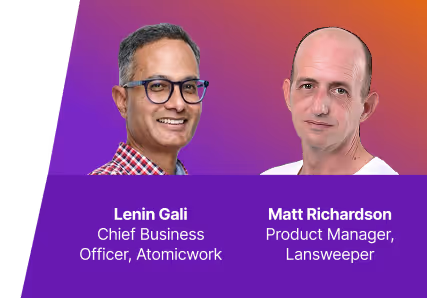

















Written by Lou Adler, edited by Sadhana Balaji.
Hiring processes today are broken. If it seems like I’m sitting on a high horse and passing judgment, hear me out. Throughout the hiring journey, we’re making mistakes that can be easily avoided. More so now that we have artificial intelligence (AI) at our disposal.
Let’s begin at the beginning. The first step to hiring is the job description (JD). However, often, we write ‘person descriptions’ instead of job descriptions. Most JDs today focus on who the candidate needs to be instead of what they must achieve at the job. As a result, you end up judging the candidate on the person they are instead of the quality of their results. This is the primary reason hiring managers regret their decisions later and are stuck with ineffective team members.
A good job description must be performance-based. For example, if you’re hiring a marketing manager, your JD would cover the following performance objectives:
Based on these criteria, you can structure your interview to see if the candidate has the competencies to be successful in this role. If your best candidate is missing 1-2 competencies, you can support them in their role. Let’s say your best candidate for the above position has everything except familiarity with the geography in question. You can send them to a training program to set them up for success.
Once you have this process clarified, you can use AI to automatically generate performance-based job descriptions based on data from within your organization. This will eliminate a lot of loss in translation between hiring managers and recruiters, leading to better hiring decisions.
Most hiring today is pain-driven. Organizations want to hire someone quickly because either an employee has left or additional work has come up. They post an ad, interview a bunch of candidates, and make an offer as quickly as possible. This urgency means no one has the time to talk through the role meaningfully. So, a lot of assumptions are made. Candidates are also trying to relieve some pain in their life and work, choosing the first job that comes their way.
Once that immediate pain is relieved, if the person hired isn’t the best fit for the job, the situation goes extremely south extremely quickly. Then, the whole process starts all over again. AI can help move from pain-driven hiring to performance-driven hiring.
A tool like ChatGPT can play a consultative role for the candidate as well as the recruiter. For the candidate, it can give more information on what they would be doing at the job, how performance is measured, what growth would look like, what people in similar roles in other organizations are doing, what career paths this opens up, and so on.
For the recruiter, AI makes comparing multiple candidates easier. A chatbot can also conduct preliminary interviews to collect all the information about the candidate’s past experience. Extending the previous example, it can ask questions such as:
This allows hiring managers to collect as much information as possible beforehand, making the interview process far more effective. In this way, AI enables organizations with a rational way to make gut decisions.
There is a lot of conversation around AI bias, which primarily stems from the fact that people are biased and the data is biased. In fact, AI can be one of those technologies completely free of bias because it’s unemotional and factual. It can eliminate the few reasons why recruiters make bad (biased) hiring decisions.
#1 When a hiring decision is made in a hurry, people always choose people more like them than not.
AI can channel the hiring process towards long-term success rather than immediate pain relief. It can interview multiple candidates simultaneously, saving the recruiter energy on scheduling/coordinating.
#2 When hiring is done on ‘person description’ rather than performance-based job description,’ bias is inherent.
AI can help convert existing job descriptions to performance-based ones. It can help build processes for better job descriptions in the future. It can evaluate candidate resumes and responses on performance-based metrics.
#3 When interviews are conducted to make a decision, the interviewer’s emotions at the moment weigh disproportionately on who gets hired.
AI can help collect evidence of a candidate’s suitability — or unsuitability — in advance. It can add more weight to the pre-interview process with data. It can create a better candidate experience at scale, which would be impossible without AI.
Obviously, AI is not a panacea for all recruitment evils. However, it offers an unbiased and effective alternative to the current broken processes. It helps fill in the gaps in efficiency and effectiveness that human labor has so far been unable to fill. It enables organizations to improve candidate experience at scale while freeing up recruiters to focus on the best candidates. It empowers teams to achieve win-win hiring. AI helps lay a strong foundation for long-term employee success.
Lou is the CEO and founder of The Adler Group – a consulting and training firm helping companies implement "Win-Win Hiring" programs using his Performance-based Hiring℠ system for finding and hiring exceptional talent. More than 40 thousand recruiters and hiring managers have attended his ground-breaking workshops over the past 30+ years. He is also the author of the Amazon top-10 best-seller Hire With Your Head (John Wiley & Sons, 4th Edition, 2021) and The Essential Guide for Hiring & Getting Hired (Workbench Media, 2013).




